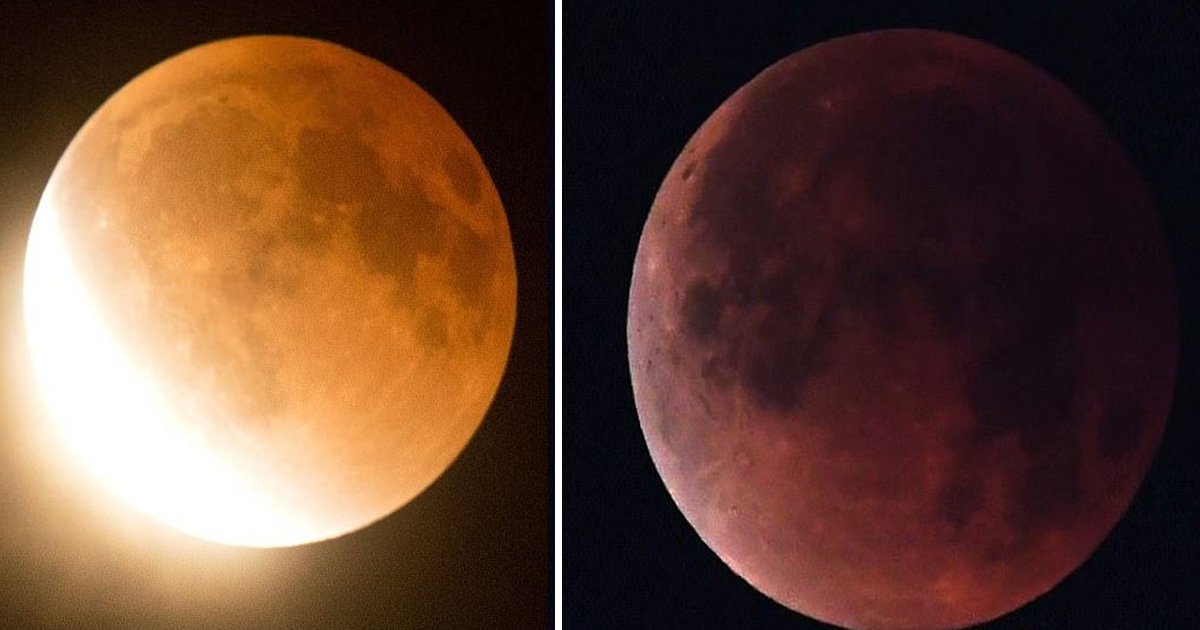

The Green New Deal does not pretend to have all the answers, but it’s a bold and necessary start. What will be lost-economically, culturally, psychologically, physically-should the climate crisis continue unabated? How can we begin to come together around a response to the crisis that will reshape how and where we live? How can we begin to think about investments in the built environment as a catalyst for the broader aims of decarbonization, adaptation, and social justice at a meaningful scale? Taking on these challenges requires that we ask some big-and unsettling-questions.

Third, the US population is expected to grow by at least 100 million people this century, adding significantly to what is already the world’s most consumptive, high-carbon economy.

Second, because it is our own systems of extraction, production, and consumption that are causing this climate crisis, an incremental approach to the future is not an option. First, excess carbon in the atmosphere is changing the world’s climate: sea levels are rising, temperatures are increasing, and destructive weather events are becoming more frequent. This atlas was conceived in relation to three intersecting issues. The 2100 Project: An Atlas for the Green New Deal


 0 kommentar(er)
0 kommentar(er)
